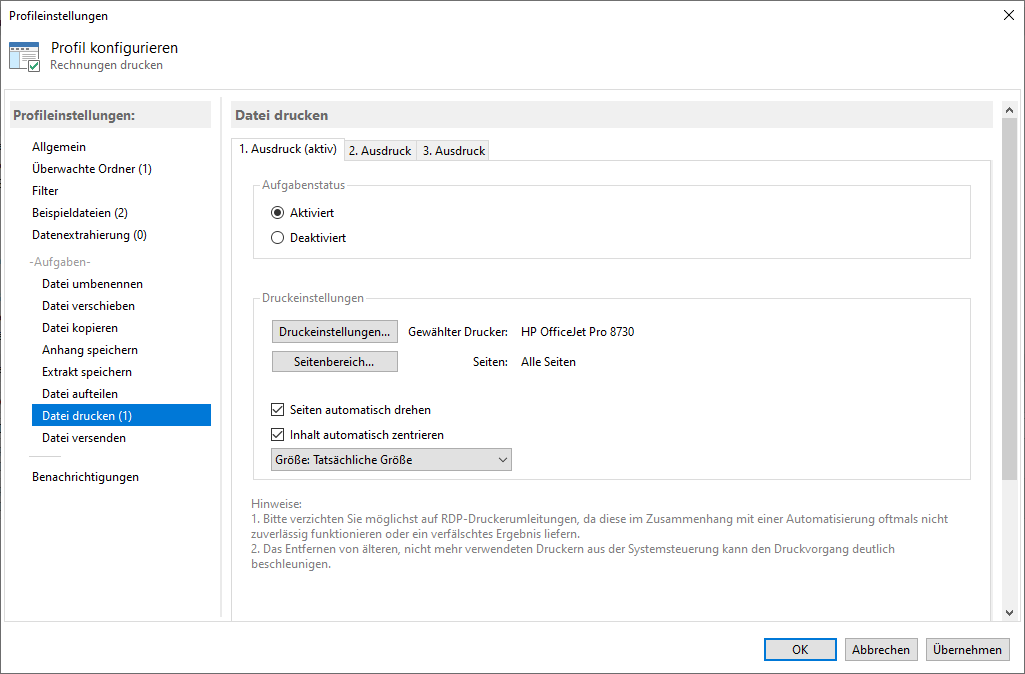
This process is labor‐intensive and re‐assembling information from serial tissue sections into a three‐dimensional reconstruction is an extremely time‐consuming process, likely causing loss of important information (Ertürk et al, 2012a). For example, imaging large samples requires destroying tissue integrity by sectioning them into thin slices for visualization. While several histological techniques are currently available for the analysis of biological tissues, a variety of challenges remains to be tackled. Overall, this review offers an informative and detailed guide through the growing literature of tissue clearing and can help with finding the easiest way for hands‐on implementation.īiological tissues are remarkably complex. Moreover, after surveying more than 30 researchers that employ tissue clearing techniques in their laboratories, we compiled the most frequently encountered issues and propose solutions. We discuss diverse tissue‐clearing options and propose solutions for several possible pitfalls.

In this review, we provide a guide for scientists who would like to perform a clearing protocol from scratch without any prior knowledge, with an emphasis on DISCO clearing protocols, which have been widely used not only due to their robustness, but also owing to their relatively straightforward application. In the recent years, the development of tissue clearing methods overcame several of these limitations and allowed exploring intact biological specimens by rendering tissues transparent and subsequently imaging them by laser scanning fluorescence microscopy.

Histological analysis of biological tissues by mechanical sectioning is significantly time‐consuming and error‐prone due to loss of important information during sample slicing.


 0 kommentar(er)
0 kommentar(er)
